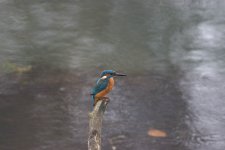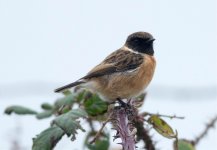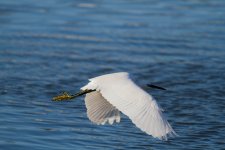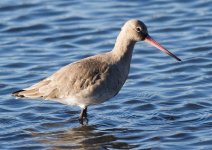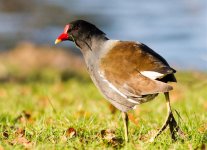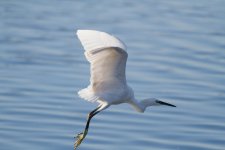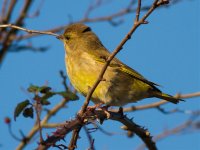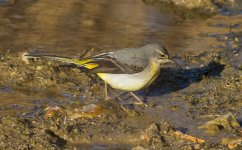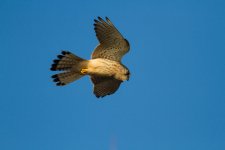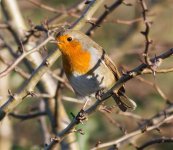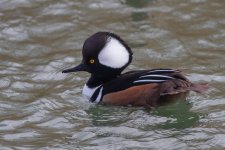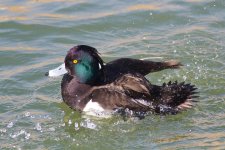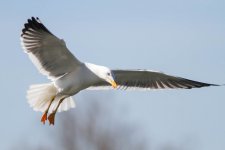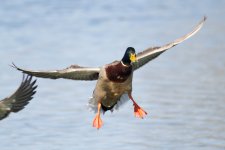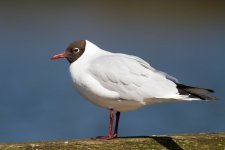Interesting thread. I'll be honest I don't know the first thing about photography and am just a point and shoot person. There's a few messages on here that have made me question whether I could be more experimental.
I use a Canon 7D with a Sigma 150-500. As I've been told the lens has a sweet spot of f.8, I always leave it on that. Should I or should I experiment? I also leave iso on Auto again should I? I shoot in AV and alter between spot and spot area. Happy with most results and I think for me if anyone has any suggestions I'd appreciate help in lower light scenarios and where there's a lot of movement, as otherwise in good light what I do pretty much works for me.
Thanks.
I use a Canon 7D with a Sigma 150-500. As I've been told the lens has a sweet spot of f.8, I always leave it on that. Should I or should I experiment? I also leave iso on Auto again should I? I shoot in AV and alter between spot and spot area. Happy with most results and I think for me if anyone has any suggestions I'd appreciate help in lower light scenarios and where there's a lot of movement, as otherwise in good light what I do pretty much works for me.
Thanks.




